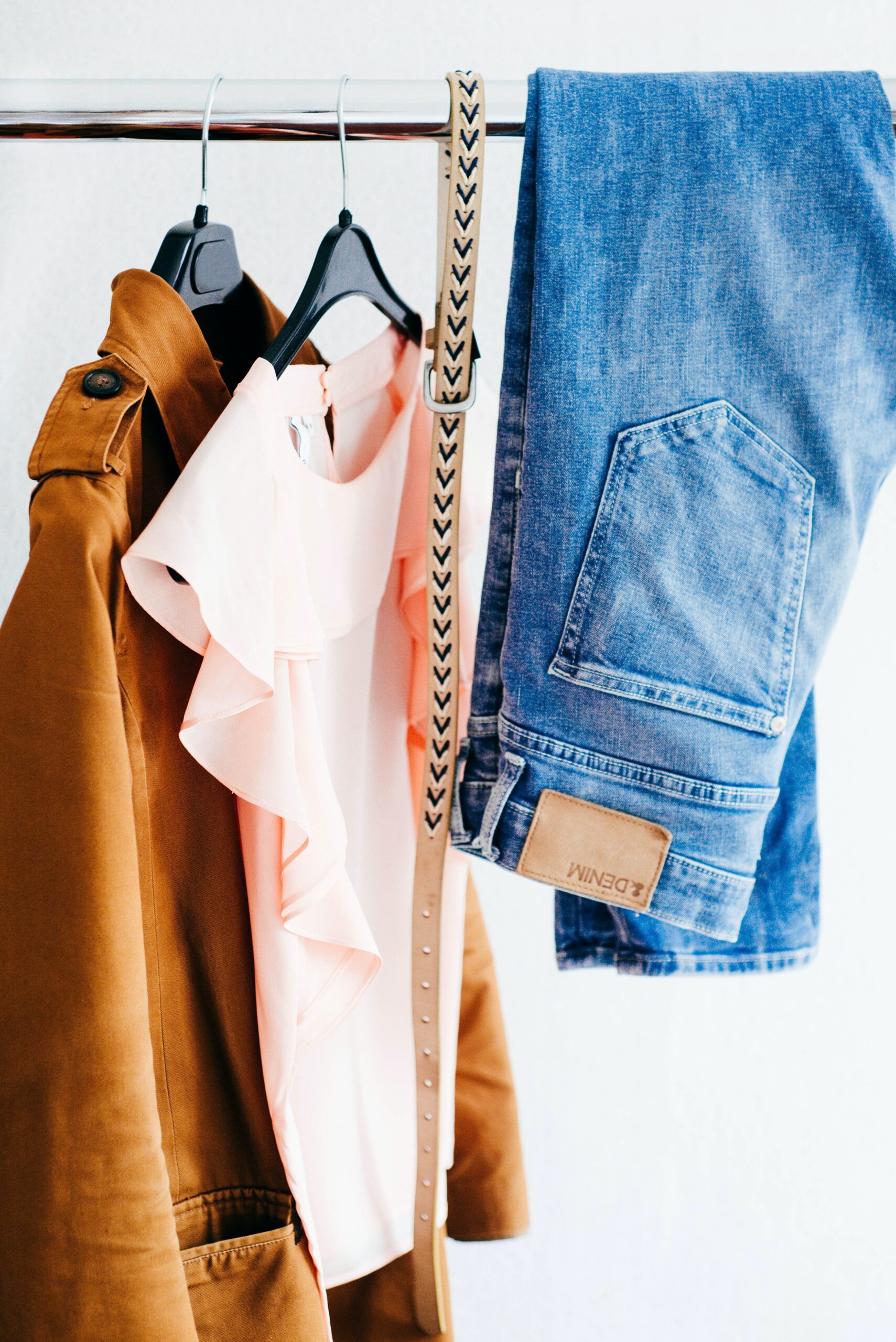
For decades, the global fashion industry has been harming the planet. Besides the oil sector, it is the second biggest polluter on earth, with a shocking four to ten per cent of global greenhouse-gas emissions every year. As a result, over the past few years, there’s been a big push towards sustainability in the fashion world. But what does sustainable fashion mean?
Sustainable fashion refers to clothing designed, manufactured, distributed, and used in environmentally friendly ways. The concept of sustainable fashion encompasses more than just fashion textiles and products. It examines the whole system of production of clothing, how it is produced, and how long it stays in use before it ends up in landfills. This entails interdependencies between society, culture, the environment, and finance.
Considering how many factors are involved, there are still too few brands available yet that are tackling all of these complex issues effectively, and even those that are will admit that they could always do better. We need to rethink our purchasing habits and how we consume clothes, not just shop for sustainable items.
If you’re interested in ensuring your wardrobe is as environmentally friendly as possible going forward, take a look at these tips.
The power of buying less by buying better
Because clothes have become so cheap, we are less concerned with their quality. In general, we tend to purchase new clothes when our existing ones lose their appeal or shape.
Also, most of us have experienced buying cheap clothes or shoes and being disappointed when they do not look like they did the first time we purchased them. In the long run, investing in good quality clothes will also allow us to keep our clothes longer, which is good for our wallets and the environment.
Thrift, swap & rent clothing
Thrifting: It’s not a new concept! You can find thrift shops everywhere in the world. Many websites and apps also offer all kinds of second-hand options ranging from the most affordable to brand-name clothes.
Swap clothes: This type of initiative is becoming increasingly popular. A clothing swap is a type of swapmeet in which participants exchange their valued but no longer used clothing for new clothing. This is an economic and eco-friendly way to refill your wardrobe. You can also organize it with your friends.
Try renting: Instead of buying a new dress for that wedding or event, it’s now easier than ever to rent something to wear instead. By renting instead of buying, and by lending instead of discarding, we reduce the millions of tons of textile waste produced each year and extend the life of clothing, ultimately reducing our carbon, waste, and water footprint.
Keep clothes out of the bin
Don’t put your clothes in the bin. If it’s still wearable, pass on your unwanted clothes to charity. If the clothes are beyond repair, you can recycle them. This will ultimately help reduce the impact on the environment too.
Invest in sustainable fashion brands
The majority of African designers have always practised sustainability. The African fashion industry is not as seasonal as the mainstream Western market, as it is more made-to-order. One of the ways to save the environment and the African fashion industry is to support African designers who are promoting sustainable practices, including the likes of Lisa Folawiyo, Kenneth Ize, MAISON MBOSSO, and more, who use upcycled textiles in their designs.
Take care of your clothes
In order to reduce your clothing’s environmental footprint and avoid them clogging landfill sites after just one or two wears, extending the life of your clothes is crucial. You can make your clothes last longer by not overwashing them (reducing your CO2 emissions and water consumption), as well as repairing them instead of throwing them away.
Follow the BellaNaija Style Declutter & Donate campaign on Instagram and on to keep up with all our activities.
Source: BellaNaija




0 comments: